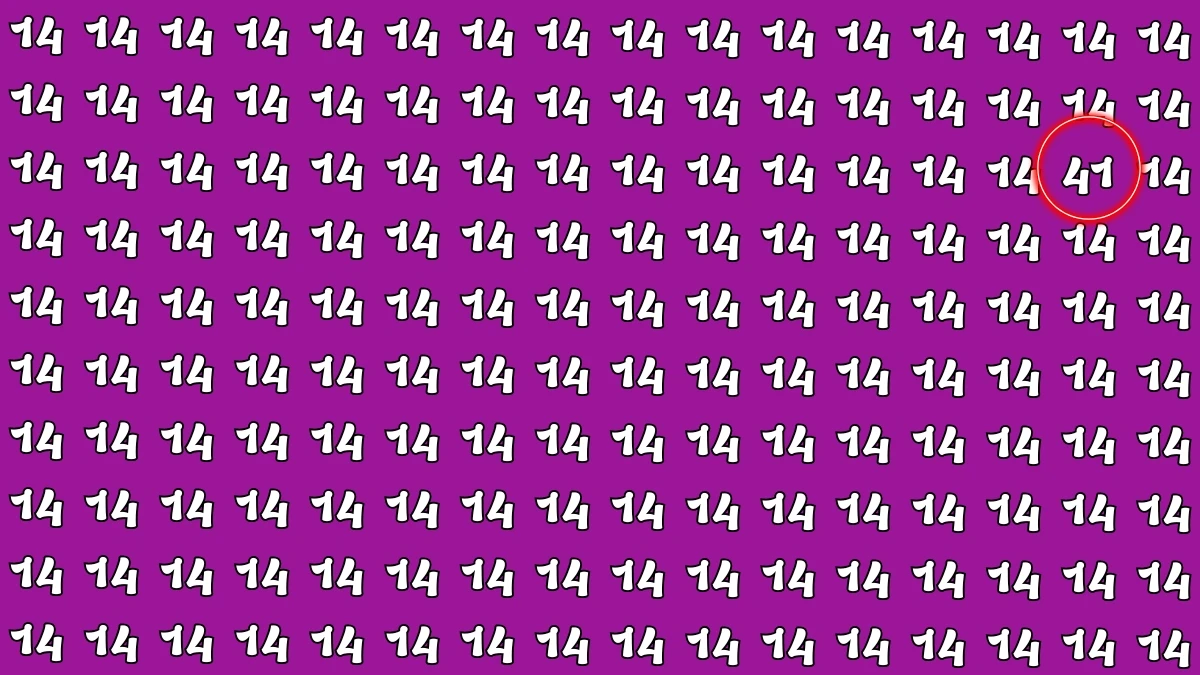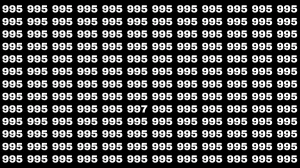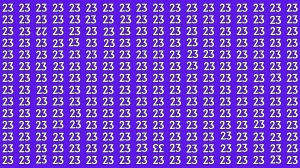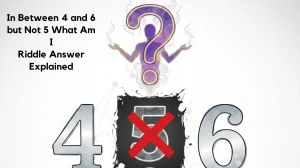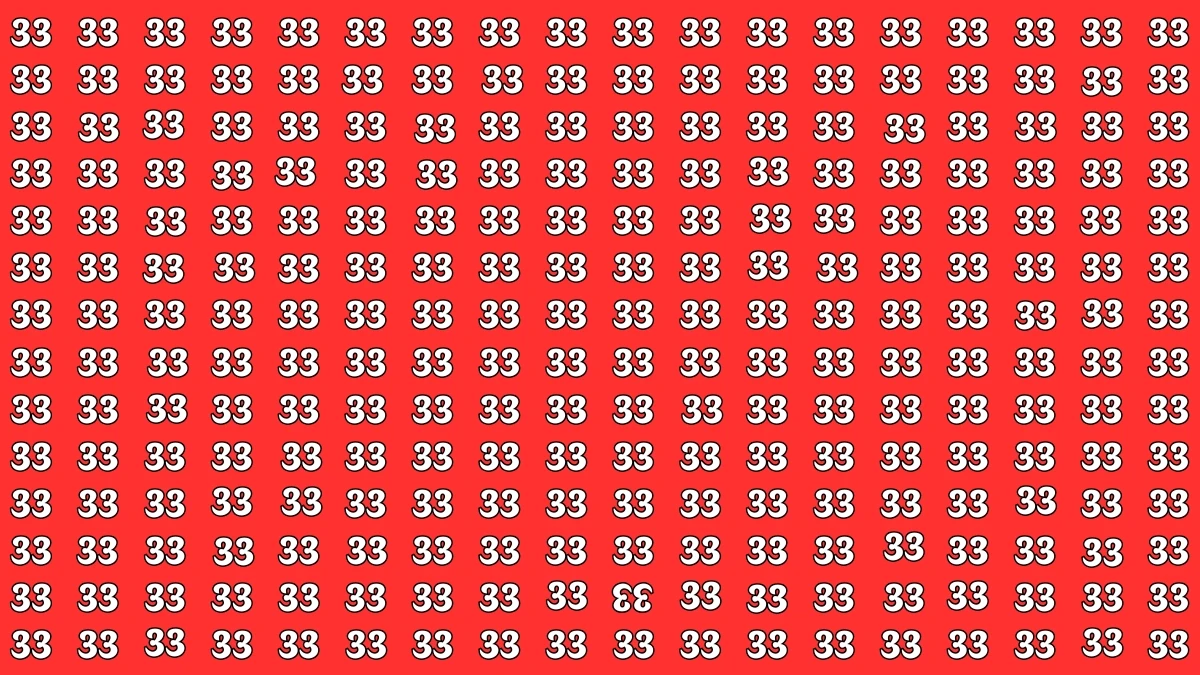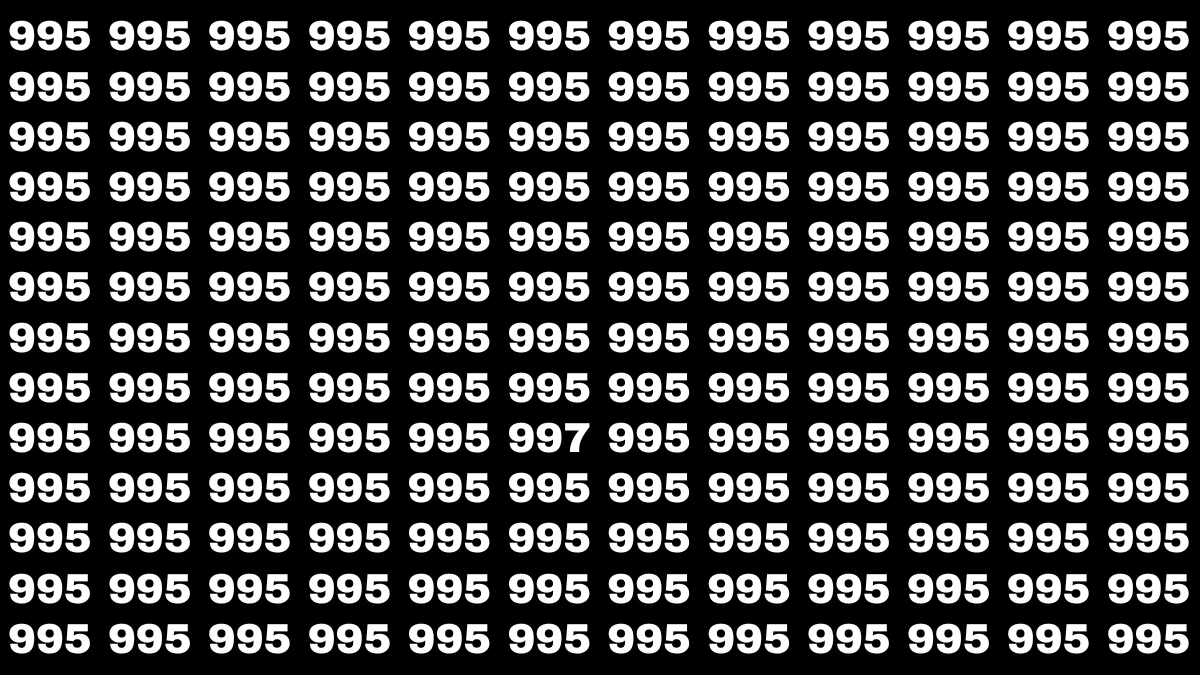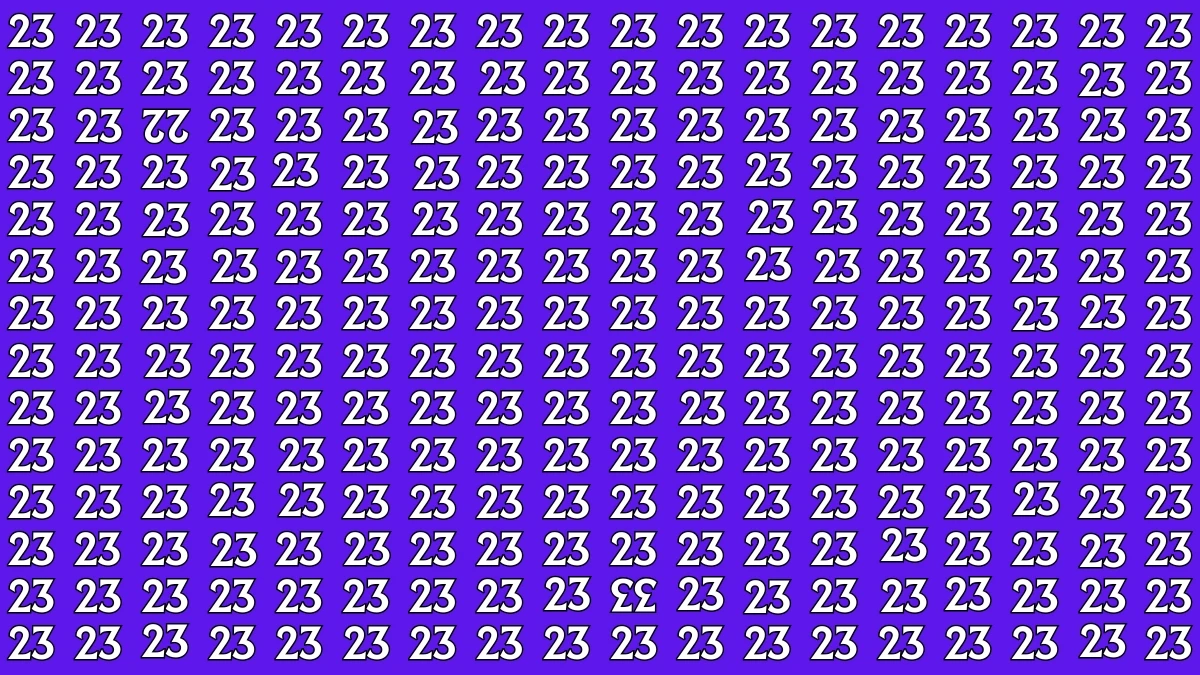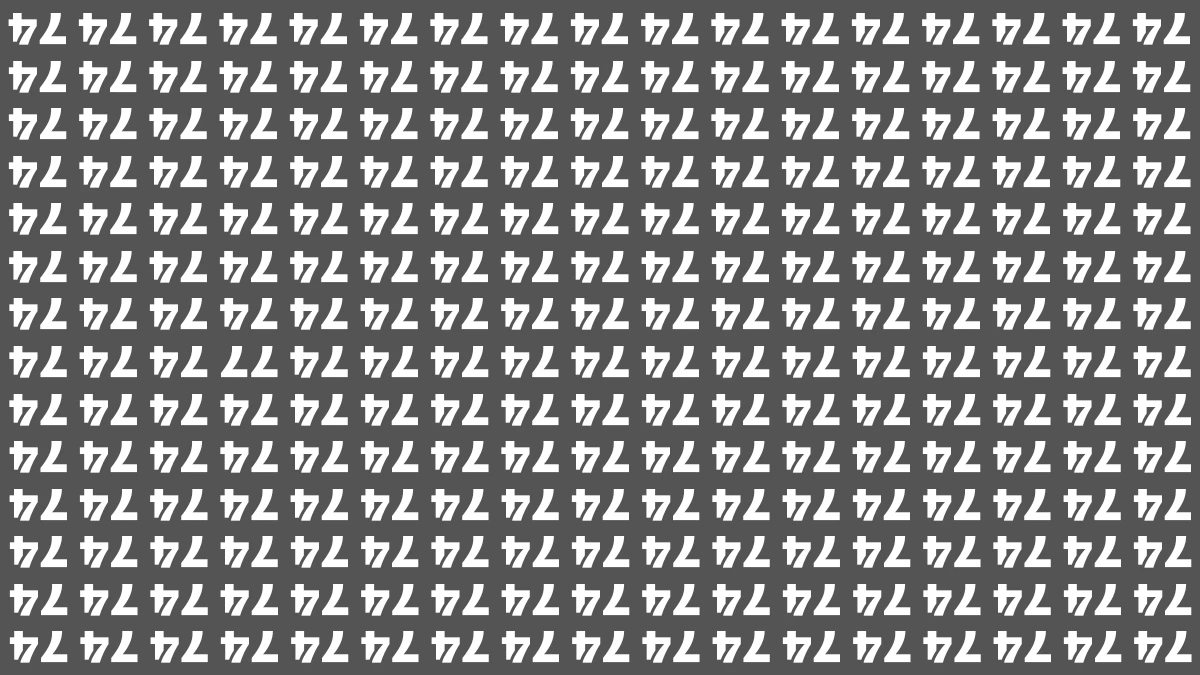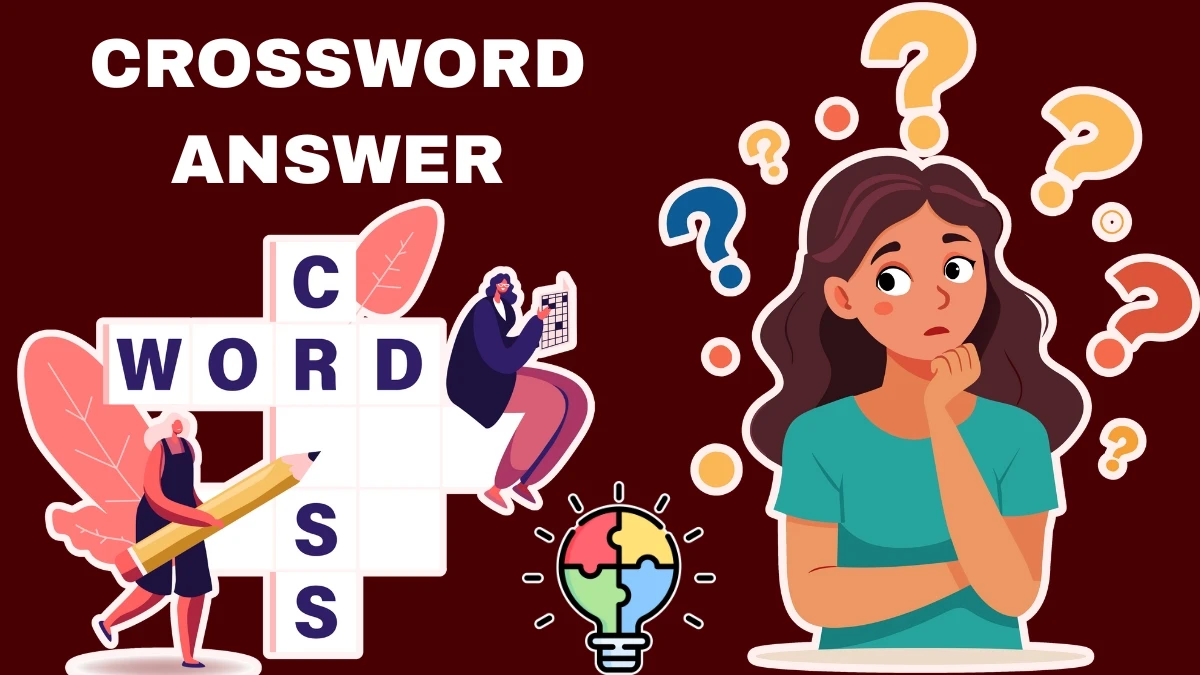Optical Illusion
An optical illusion is a phenomenon that occurs when the brain interprets visual information in a way that does not accurately reflect the physical reality.
This misinterpretation can result from various factors, such as lighting, color contrast, perspective, or movement. Optical illusions trick the brain by presenting images that appear to be something other than what they truly are.
For example, an object may seem to change size, shape, or color depending on the surrounding elements or how it is viewed.
This happens because our brain uses context and past experiences to make sense of what we see, which can sometimes lead it to misinterpret visual cues.
Some illusions rely on simple patterns that the brain cannot fully process, while others exploit the way our eyes perceive motion or depth.
Optical Illusion: Within 5 Seconds Spot The Number 41 among 14
This image is a visual brain teaser designed to test your observation skills and attention to detail.
At first glance, the image appears to be filled entirely with the number 14, repeated in a uniform pattern across a purple background.
However, hidden within this seemingly consistent pattern is the number 41, which is subtly placed to create an optical illusion.
The challenge is to find this odd number within just five seconds, which can be surprisingly difficult due to the uniformity of the numbers and the way our brains quickly adapt to patterns.
This type of visual puzzle is often used to sharpen focus and cognitive flexibility by forcing the brain to look beyond initial assumptions.
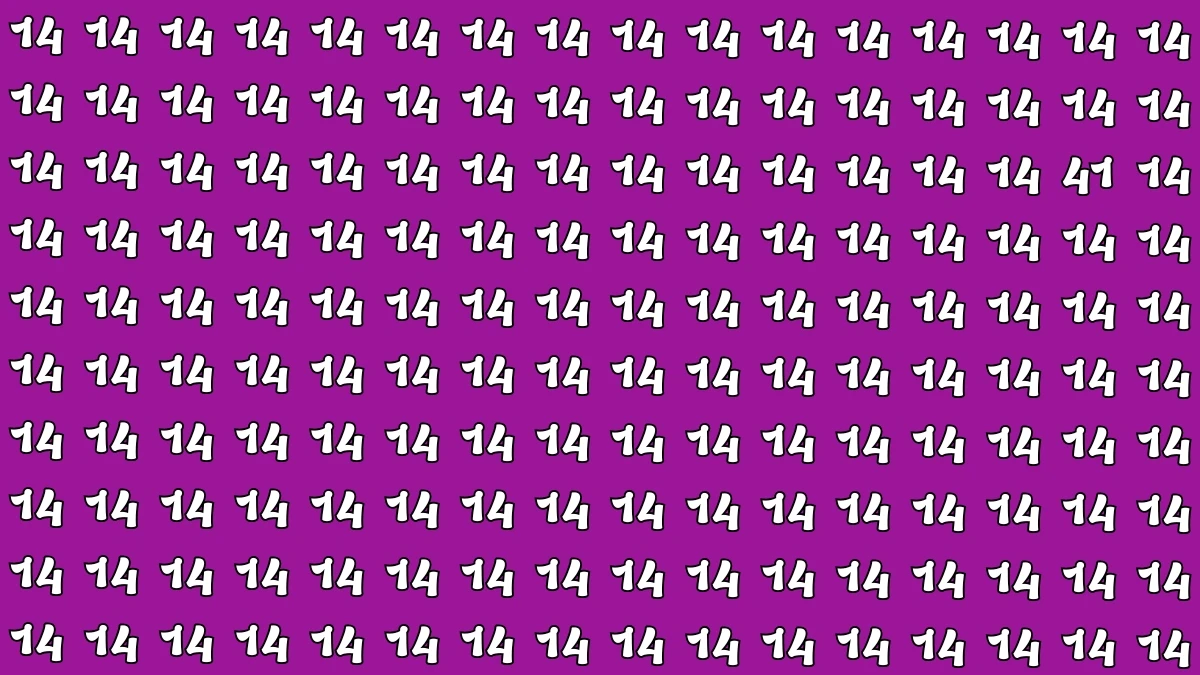
Optical Illusion: Within 5 Seconds Spot The Number 41 among 14 - Solution
The solution to this optical illusion lies in breaking the visual monotony of the repeating pattern.
In the image filled with the number 14 on a purple background, your task is to find the odd number 41 hidden within the grid in under five seconds.
The solution highlights the correct location by placing a red circle around it. You can see that the number 41 is positioned in the third row from the top and the second column from the right.
The clever arrangement of similar-looking digits makes it easy to overlook this small anomaly unless you're paying close attention.
This puzzle demonstrates how our brains can be tricked by uniformity and repetition, making it a fun and effective way to test your observation and focus skills.
